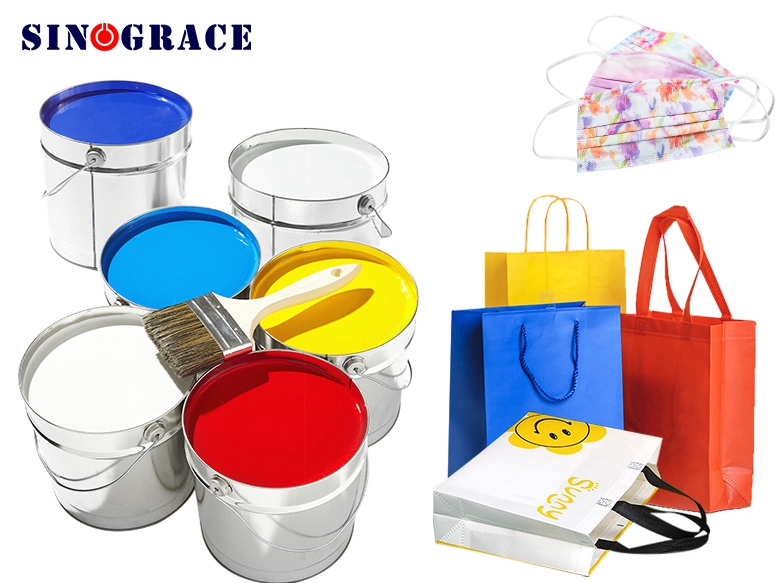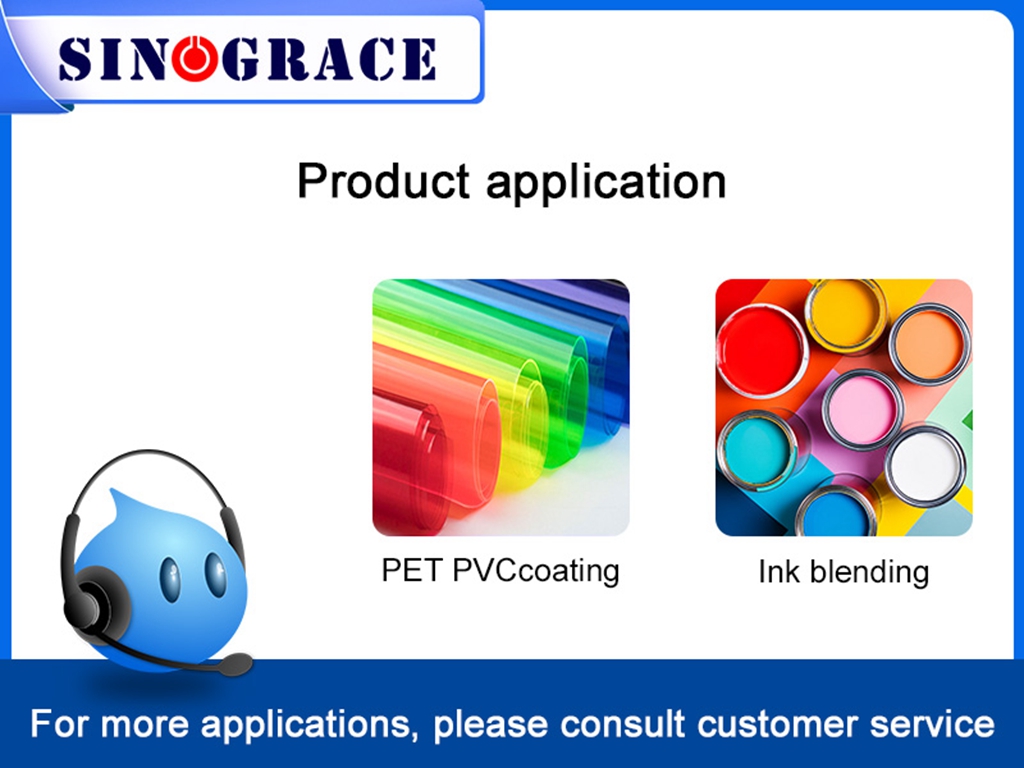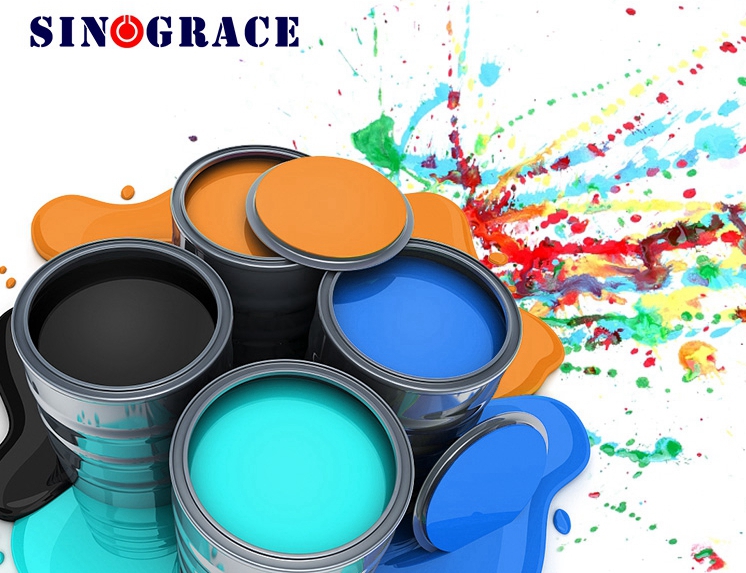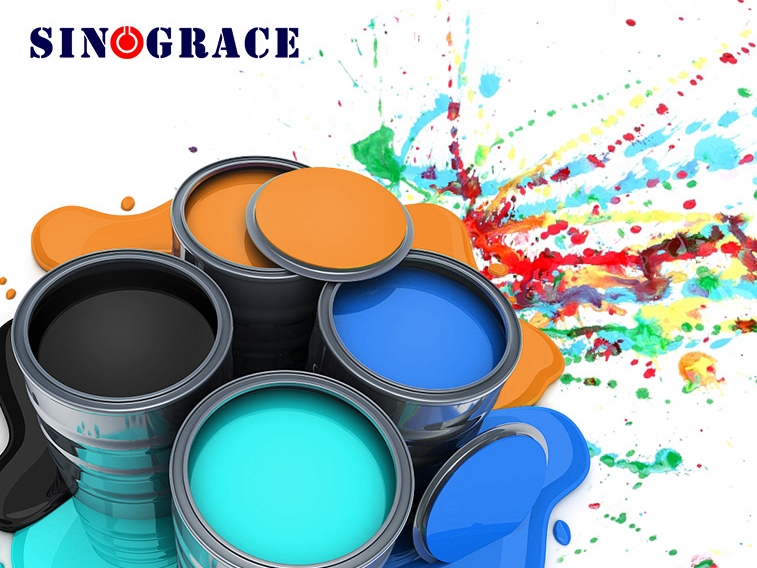How is the ink resin adhesion color fastness
Ink resin is the pigment carrier in the ink, is the core material of the ink, its quality is good or bad, will directly affect the performance of the ink, because the connection material to a large extent determines the viscosity of the ink, viscosity, dryness, fluidity and other properties. Color fastness The adhesion between the ink and the substrate mainly includes the chemical bond force (that is, the interatomic force), the intermolecular force (hydrogen bond force and van der Waals force), the interface electrostatic attraction and the mechanical force.The main source of these forces is the action between the ink resin binder and the substrate.In general, for PE, PP and other non-polar substrates, even if the corona surface treatment, the surface tension can only reach about 38 dyne, should be used resin structure for non-polar such as chlorinated polypropylene resin connection material; For surface polar substrates such as PET and PA, polyurethane resin bonding materials can be used.Polyurethane ink bonding material system can often solve the adhesion problem on the non-polar substrate by adding a small amount of adhesion enhancer specially used for PP and PE, or using a small amount of chlorinated polypropylene resin with polyurethane resin, and has been able to achieve the universality of a resin bonding material. At the same time, it solves the problem of toluene solvent residue which is easy to occur with chlorinated polypropylene resin as the connection material, which is particularly important in the 21st century when promoting green environmental protection. It can be seen that the resin bonding material in the ink as a dispersion wetting medium also provides the most basic and most important adhesion fastness between the ink and the substrate, which is one of the most basic indicators of the ink. Sinograce Chemical produces primer adhesion promoter and ink resins for PP and PE.welcome to consult
read more

 English
English français
français русский
русский español
español العربية
العربية








